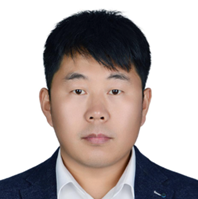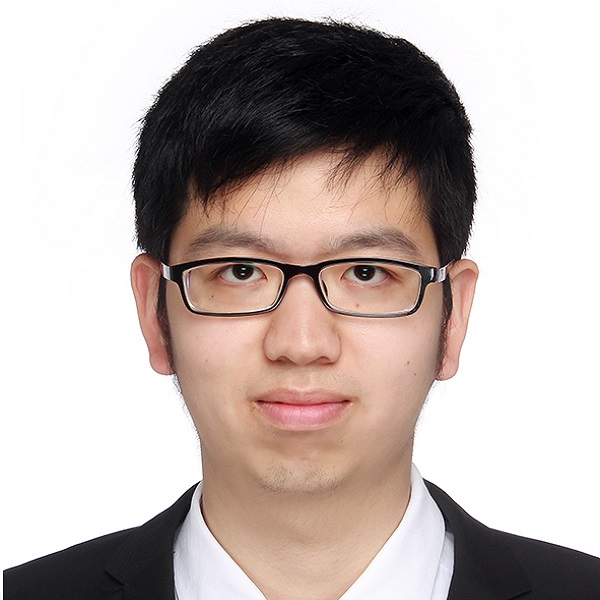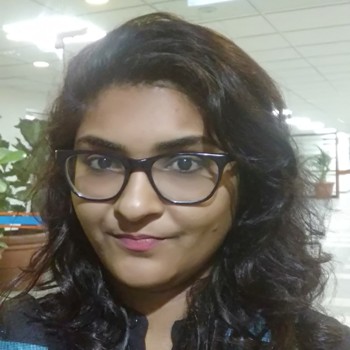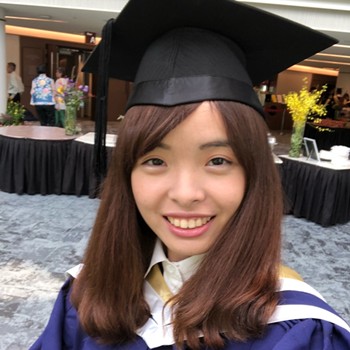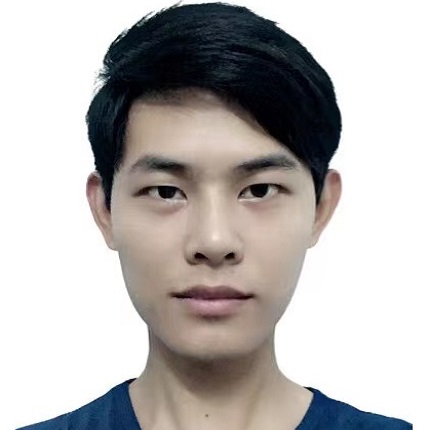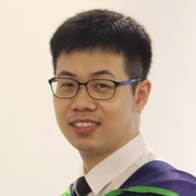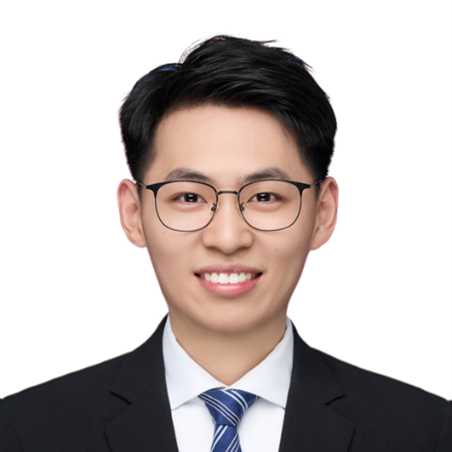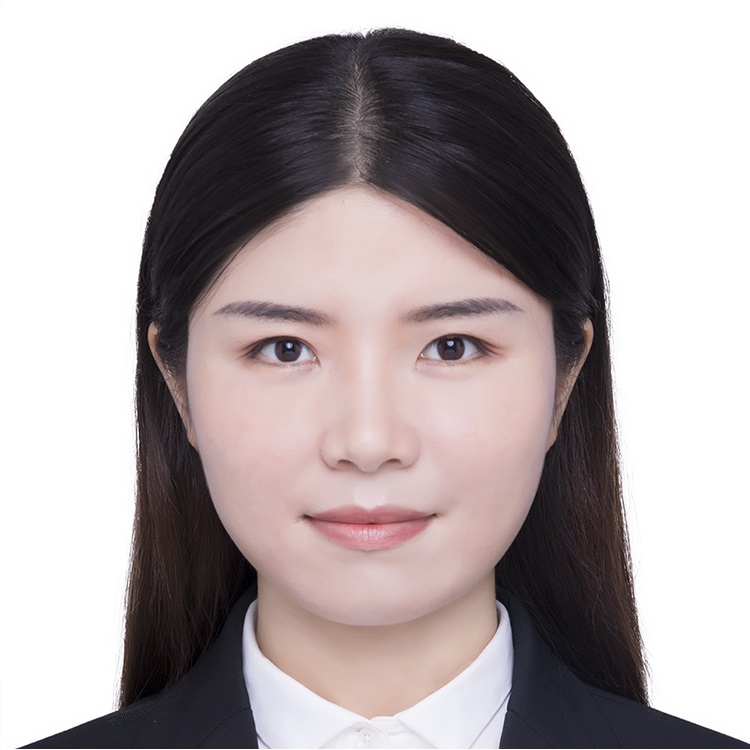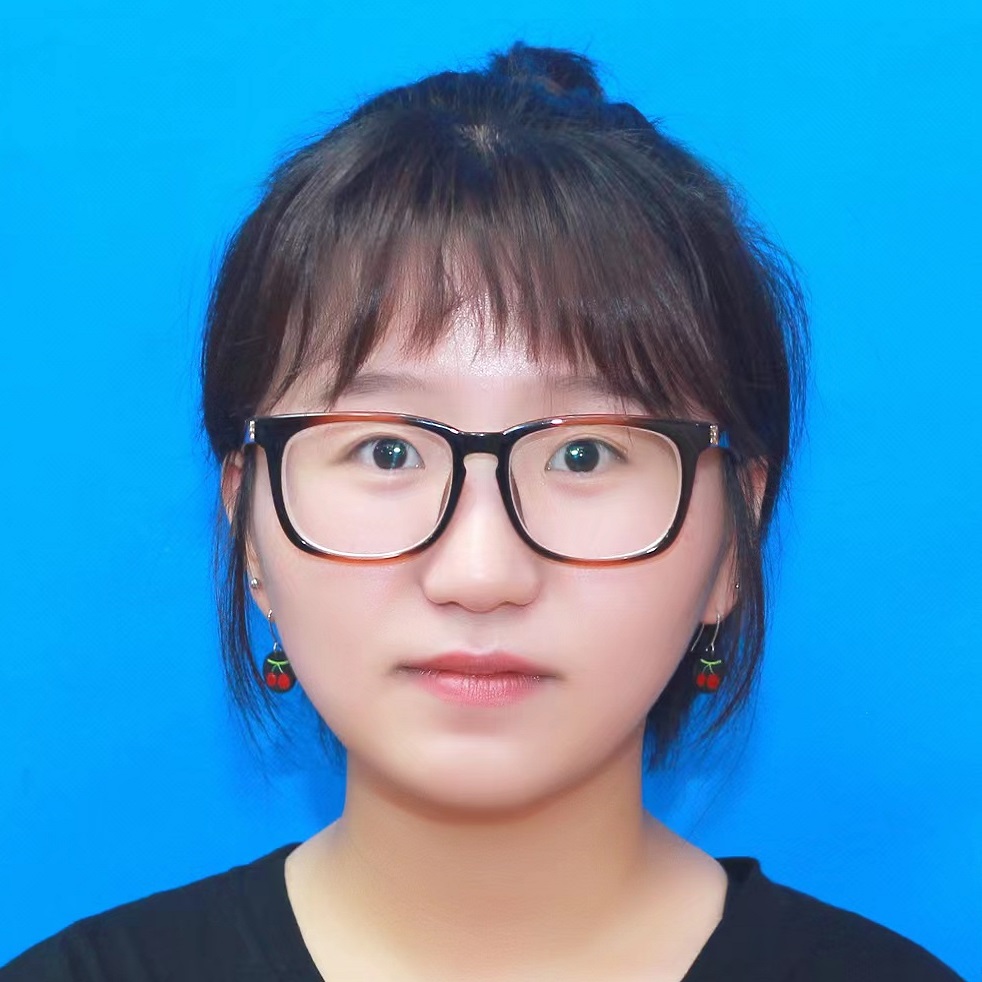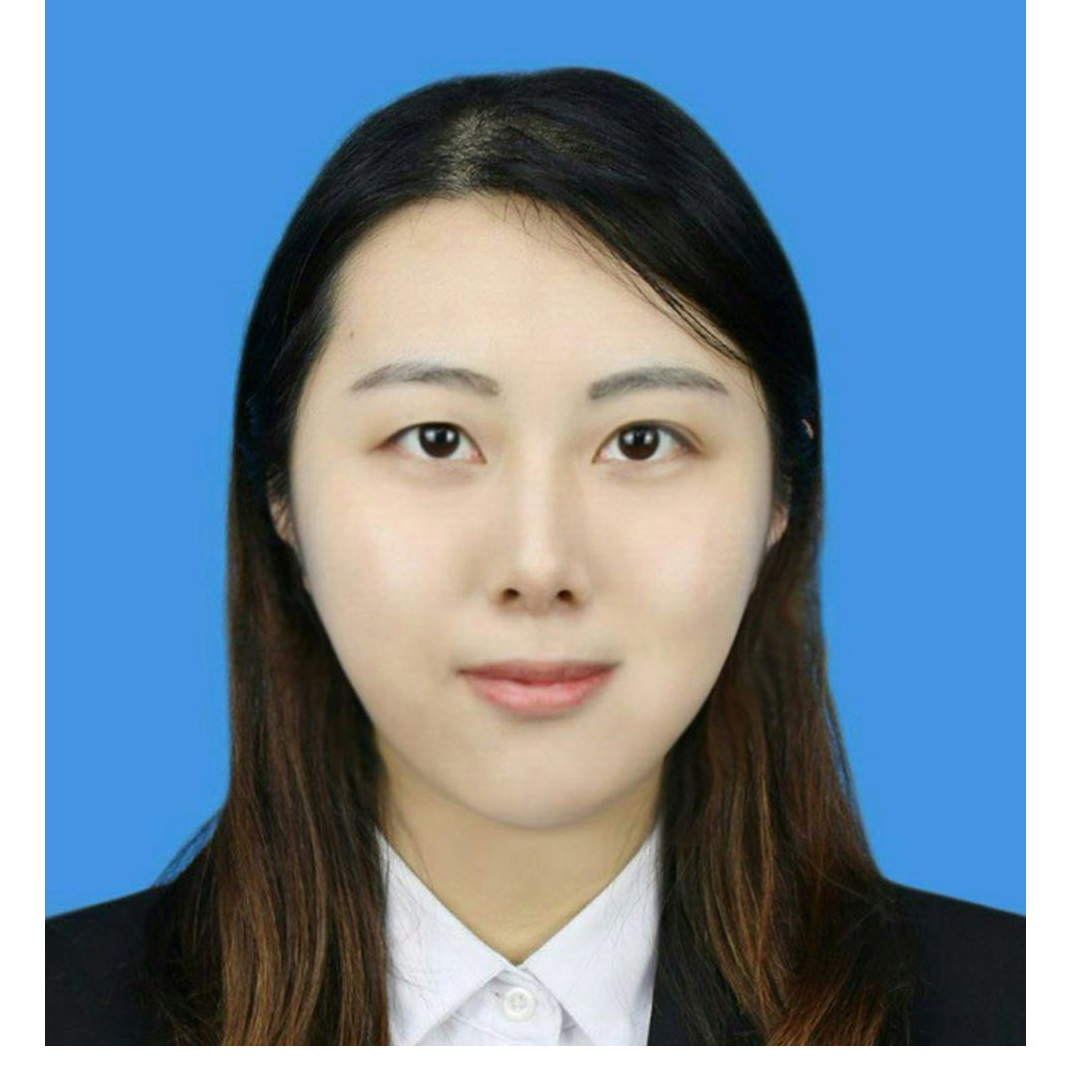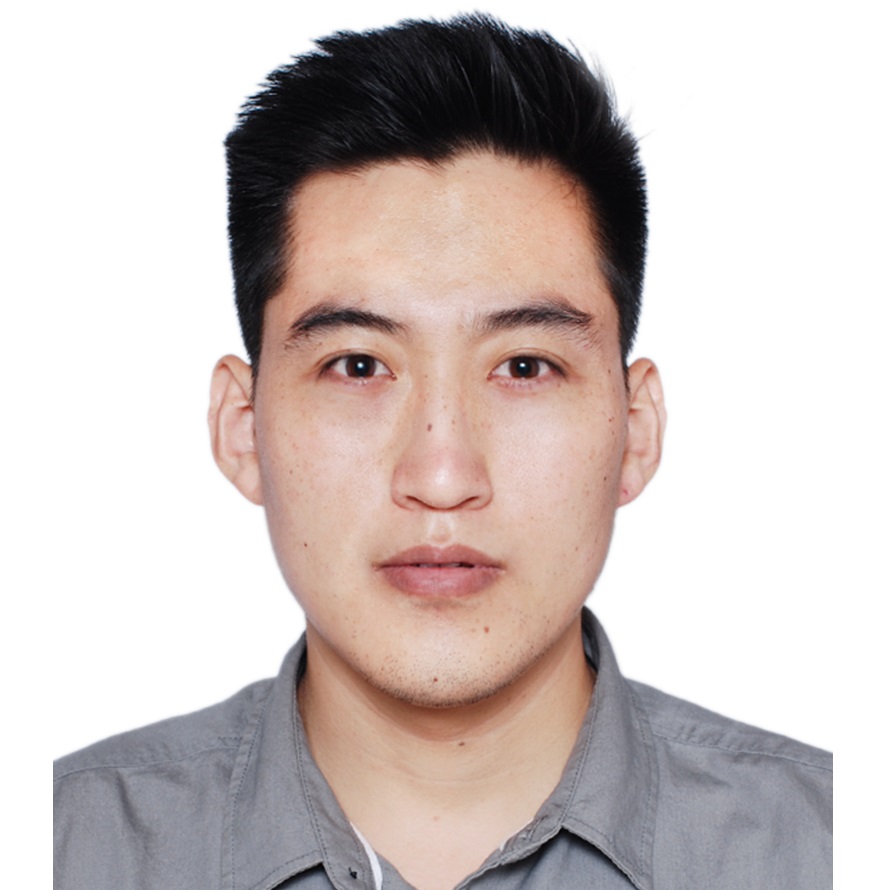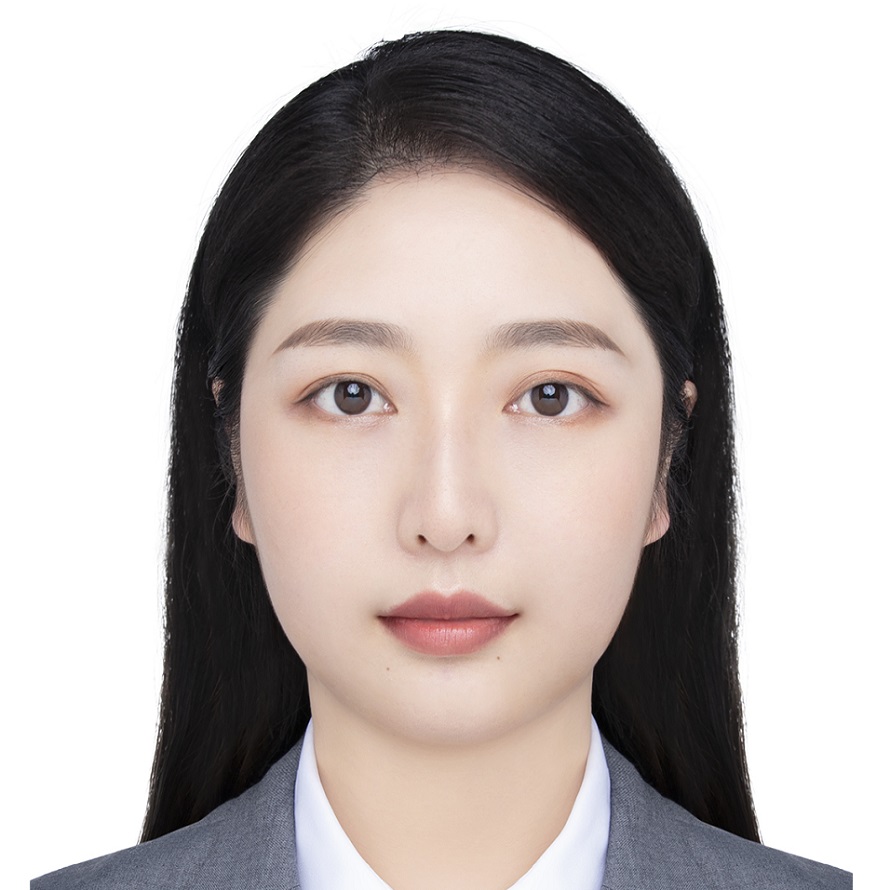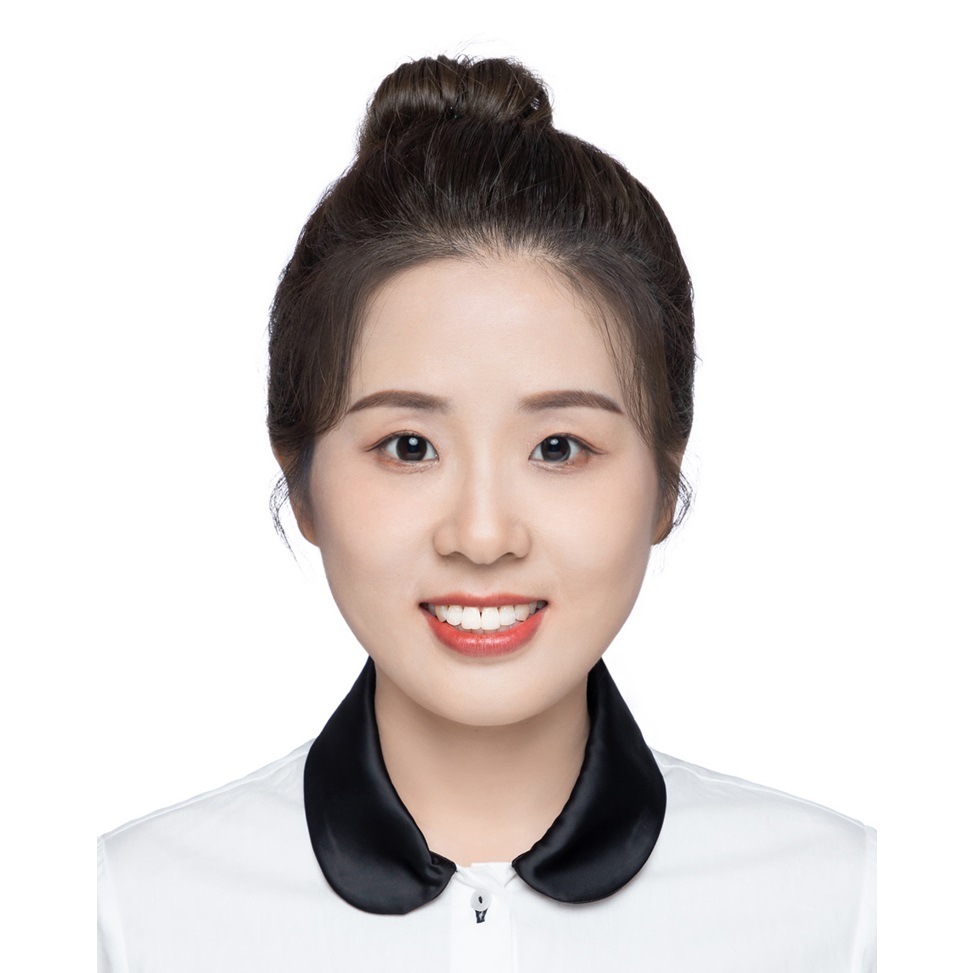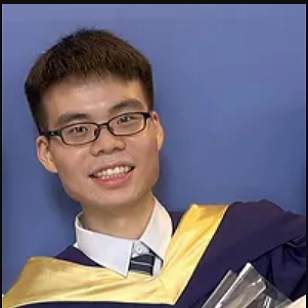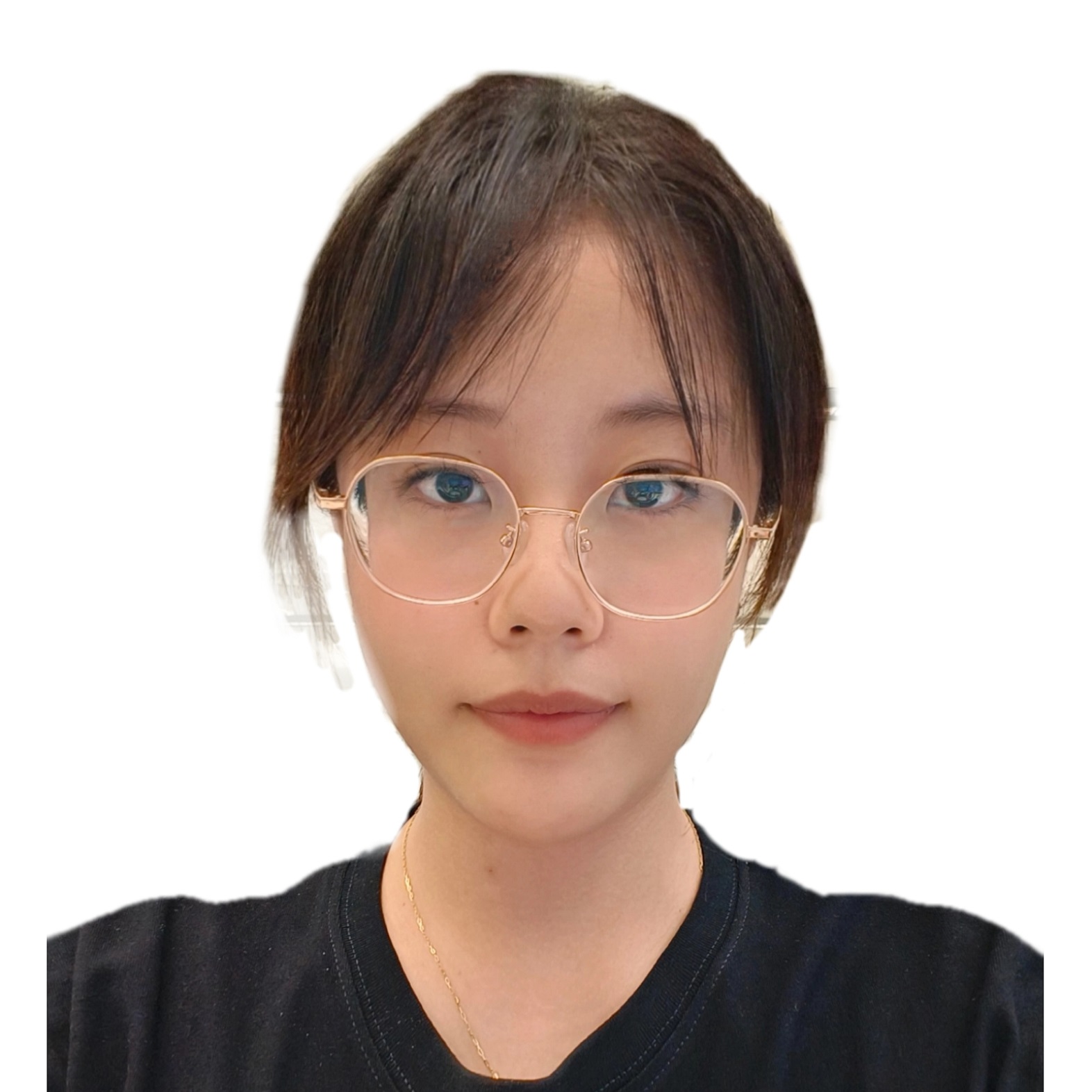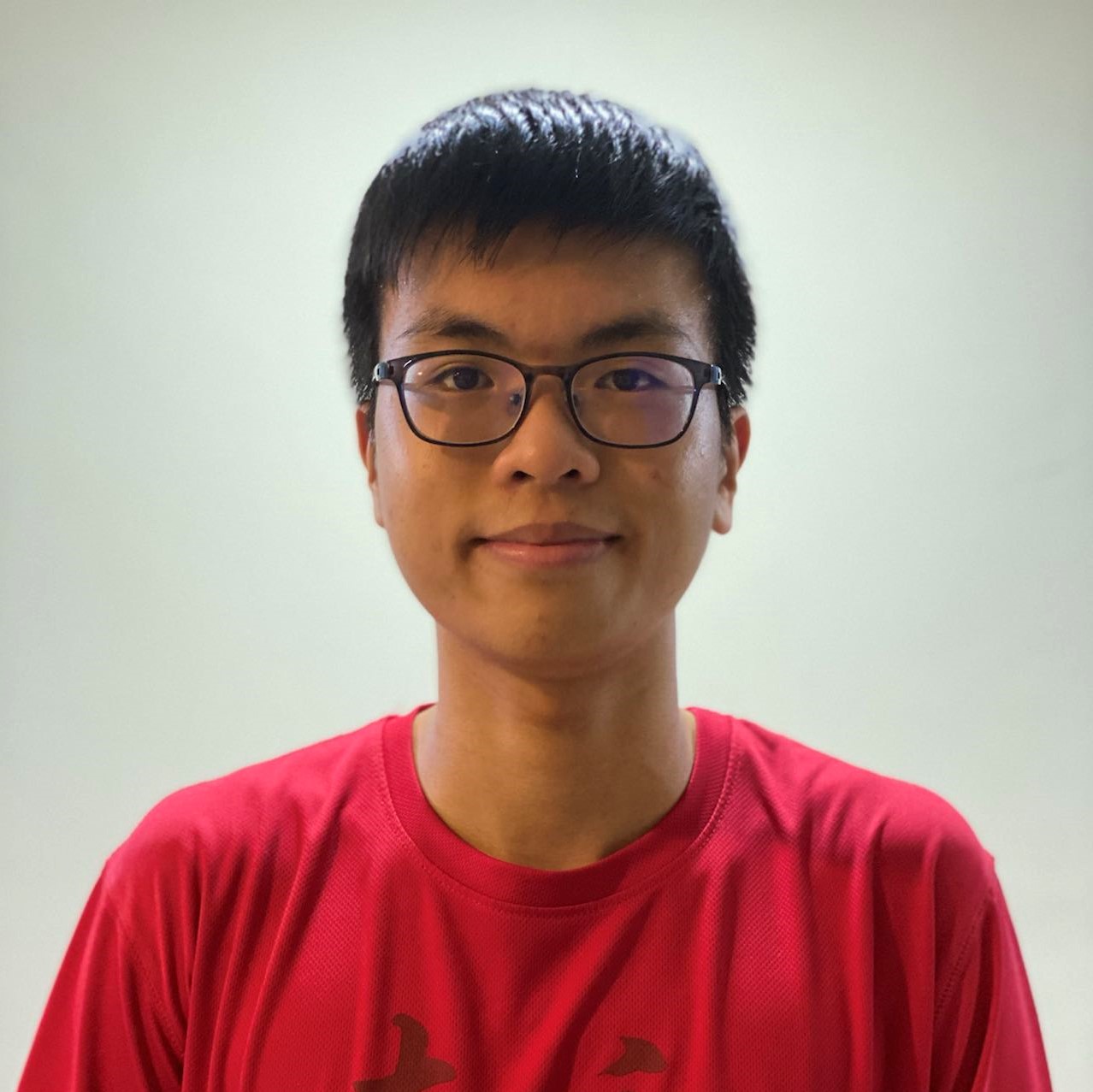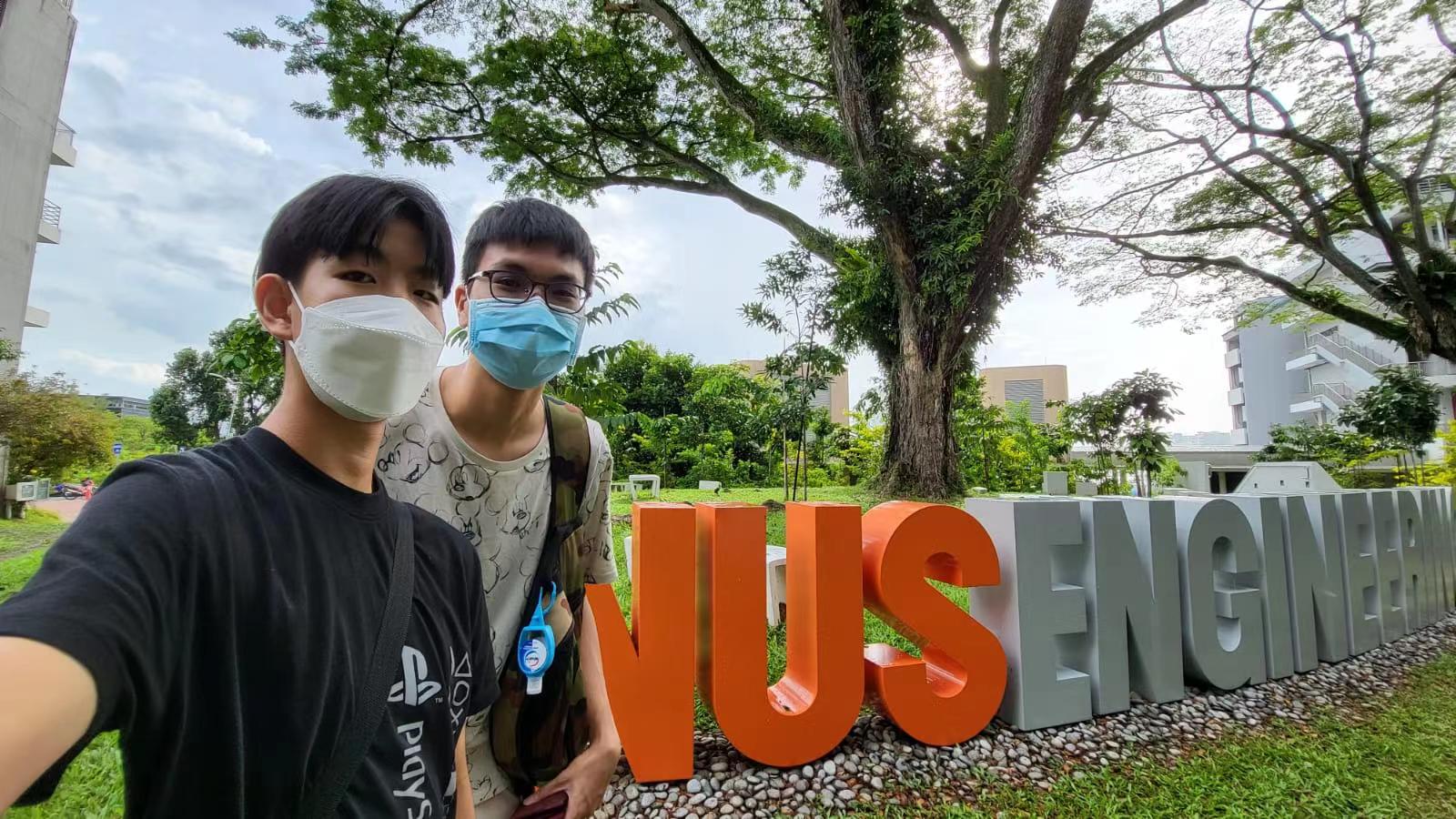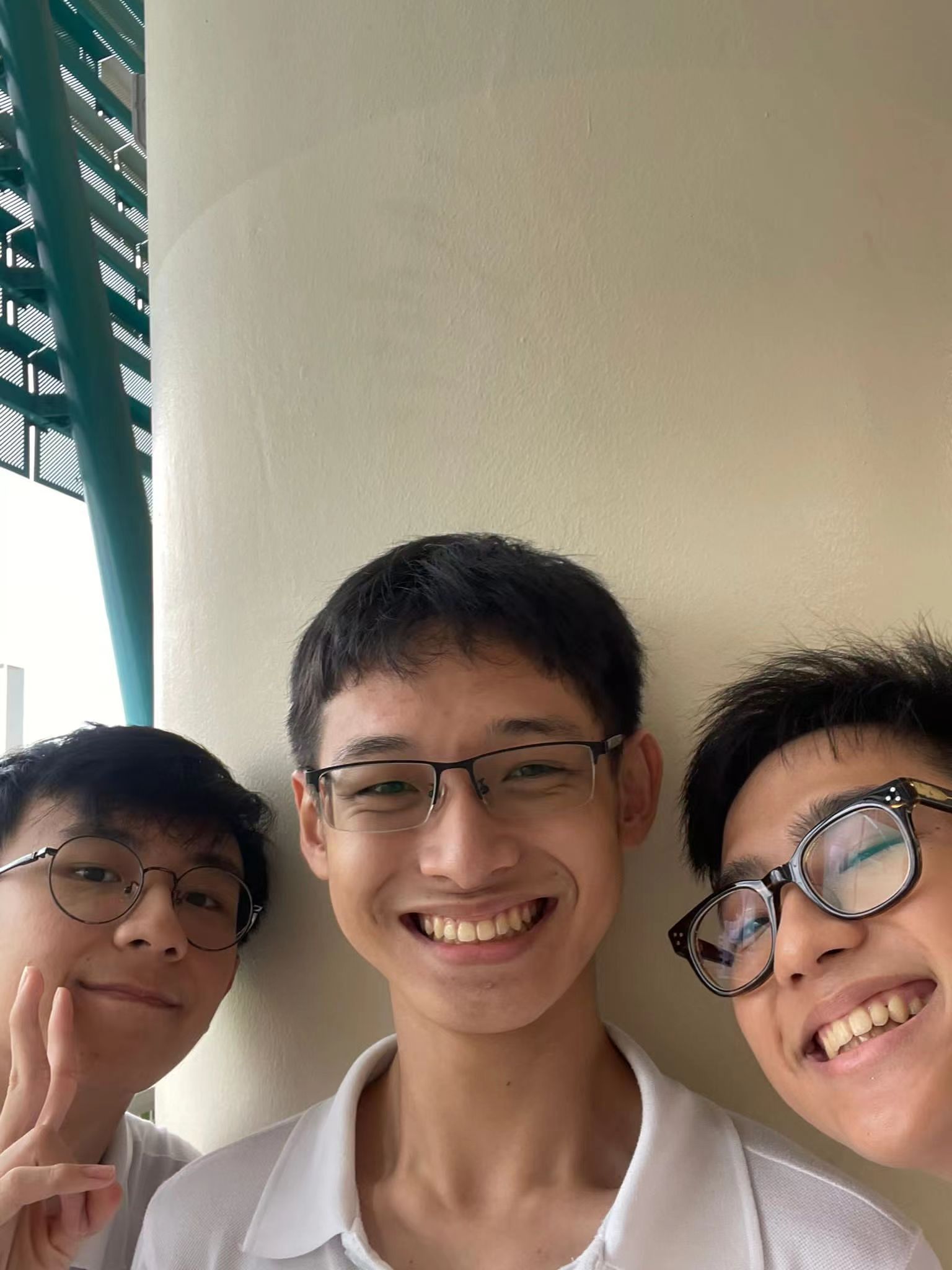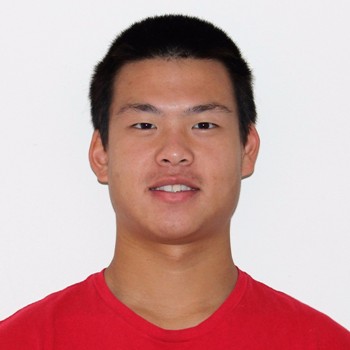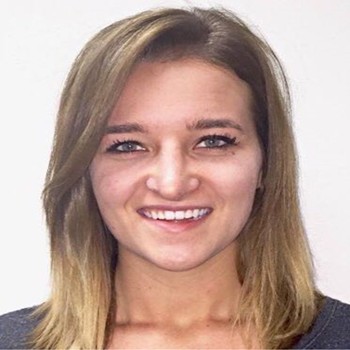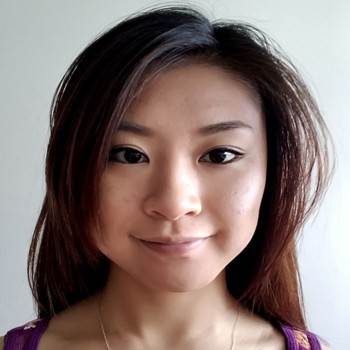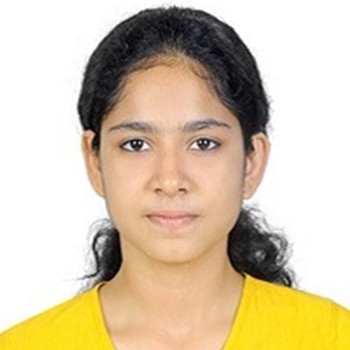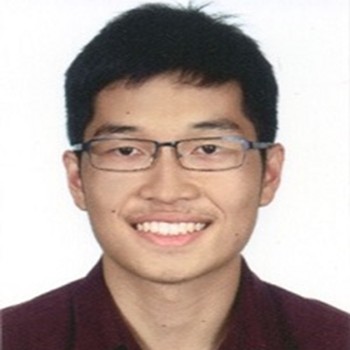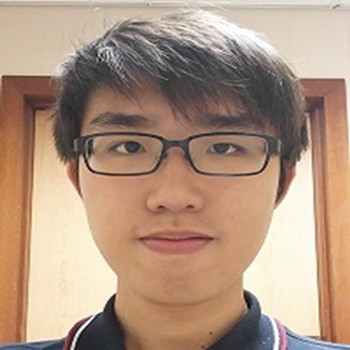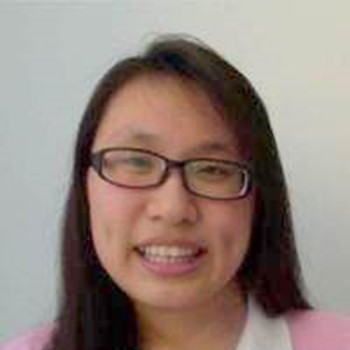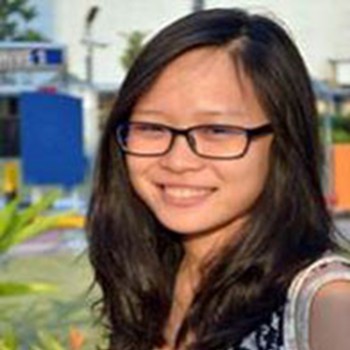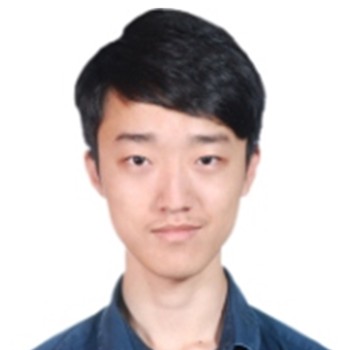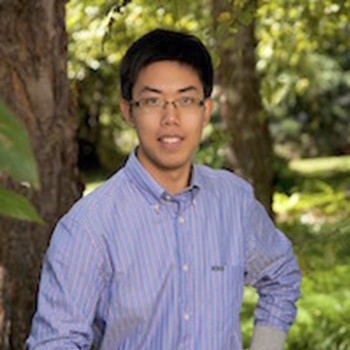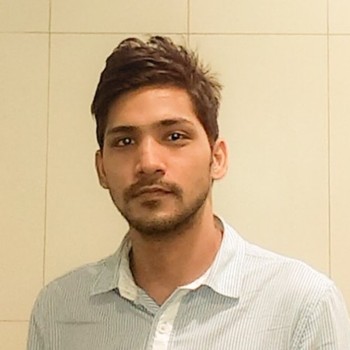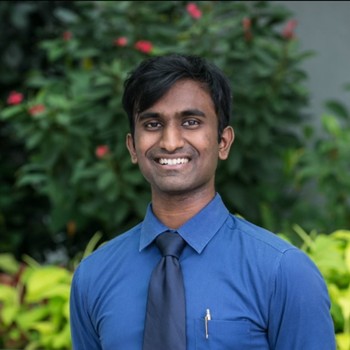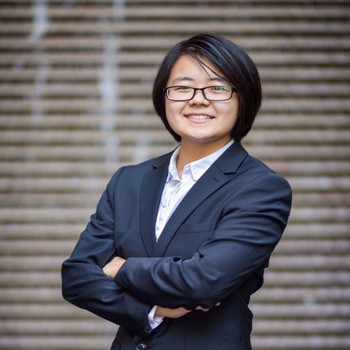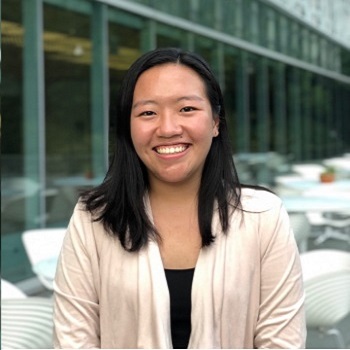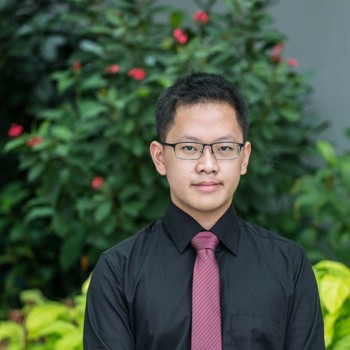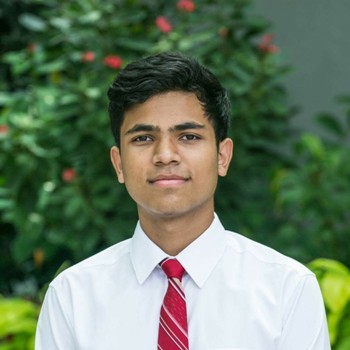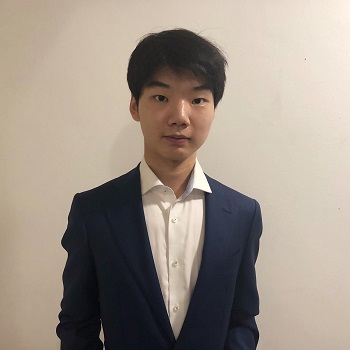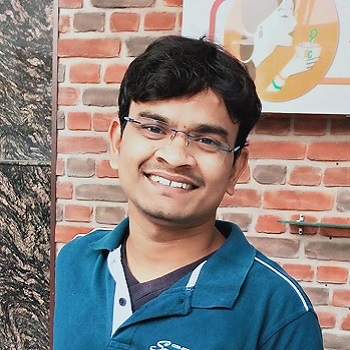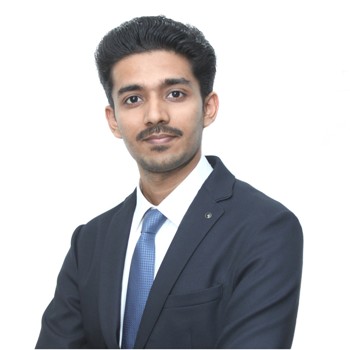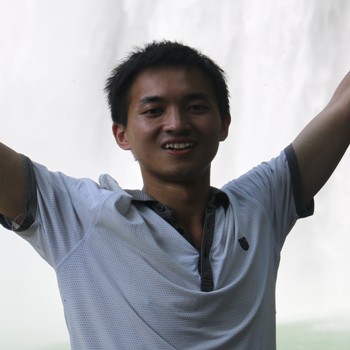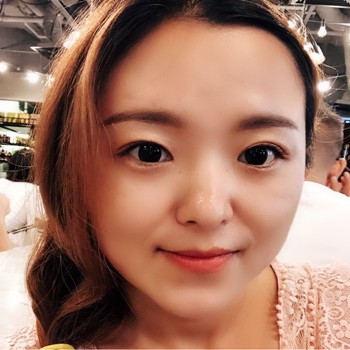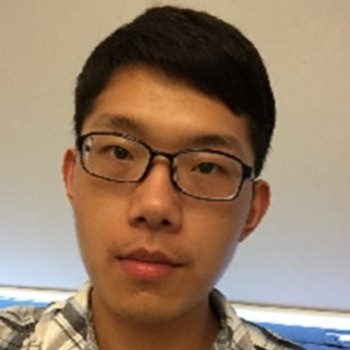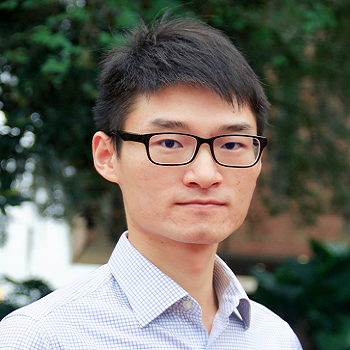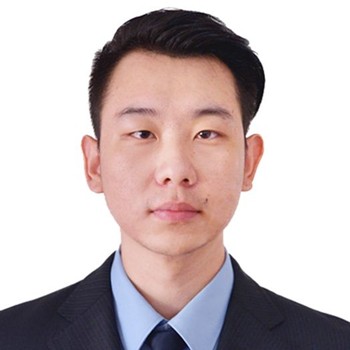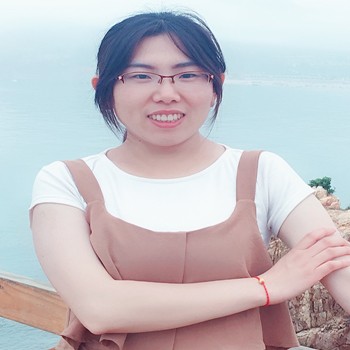Group Leader
A/Prof. Tan Swee Ching
 |
Dr Tan Swee Ching received his Bachelor in Physics from the National University of Singapore. He then worked in Hewlett Packard Singapore and Ireland as a Laser Process and Equipment engineer to develop new technology for silicon micromachining. During his work in Hewlett Packard, he had made two major contributions which helped the company to reduce operation cost by at least US$400,000 per annum and to increase the throughput by 35% within his department. He was honoured the Award for Outstanding Achievement for these contributions to the company. He gained PhD admission to University of Cambridge Electrical Engineering Department with Scholarships from Cambridge Commonwealth Trust and Wingate Foundations. His PhD work was to use photosynthetic proteins as light absorbing materials for solar cells under the supervision of Professor Sir Mark Welland. After his PhD, Dr Tan then moved to the Department of Materials Science and Engineering at MIT to become a postdoctoral associate working on high electron mobility devices under Prof Carl V. Thompson and Professor Tomas Palacios. He is currently an Associate Professor at the Department of Materials Science and Engineering at National University of Singapore. He is also the founder of Ultra Dry Pte. Ltd. a spin-off company from NUS based on the invention of a super-hygroscopic material. Dr Tan also sits in the editorial board of Scientific Reports (a journal of Nature Portfolio), advisory board of Device (Cell Press) and international advisory board of Energy Technology (Wiley). Last but not least, Dr Tan's works are published in many top tier journals like Nature Electronics, Nature Sustainability, Nature Water, Nature Communications, Science Advances, Joule, Advanced Materials, etc.(check here) |

